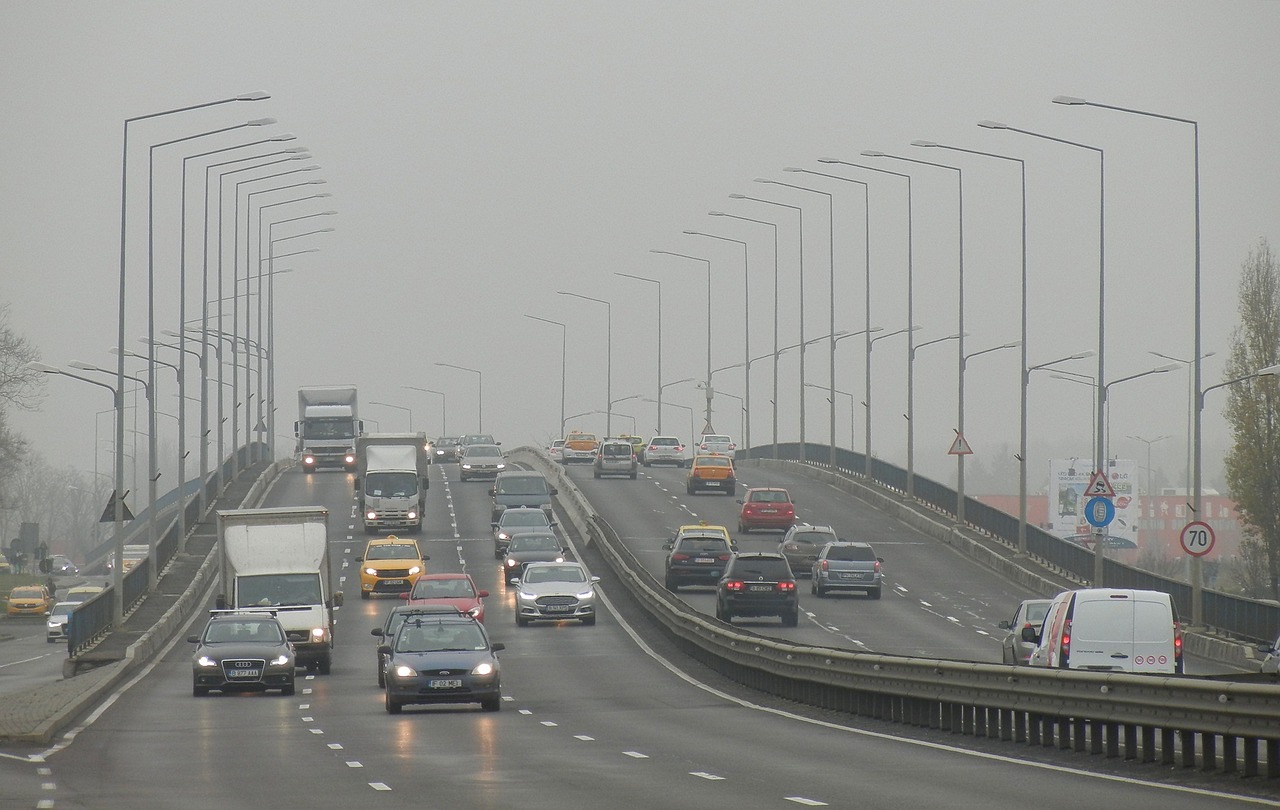
Vocabulary:
- hazardous /HAZ-er-duhs /
- combat /kuhm-BAT/
- classify /KLAS-uh-fahy /
- disruption /dis-RUHP-shuhn/
- adverse /ad-VURS/
[adjective] – dangerous and involving risk, especially to someone’s health
The chemicals stored in the factory were deemed hazardous, requiring special storage precautions.
[verb] – to try to stop something unpleasant or harmful from happening or increasing
The government implemented measures to combat the spread of infectious diseases through vaccination campaigns.
[verb] – to divide things or people into groups according to their type, or to say which group or type something or someone belongs to
Scientists classify animals based on their genetic characteristics to understand their evolutionary relationships better.
[noun] – interruptions or disturbances that prevent things from proceeding in their usual manner or on their planned schedule
The unexpected snowstorm caused disruptions in the schedule of public transportation services.
[adjective] – having a negative or harmful effect on something
Prolonged exposure to loud noise can have adverse effects on hearing, leading to long-term damage.
Article reading:
In New Delhi, the capital of India, pollution levels are also high, with an air quality index reading of 378, classified as “very poor.” The smog has led to disruptions in transportation, with over 100 flights delayed and rail services affected. Both cities are facing a serious air pollution problem, emphasizing the need for coordinated efforts to improve air quality and reduce the adverse impact on public health.
Discussion Questions:
- Have you or someone you know experienced the impact of air pollution in your city or region? If yes, could you share your personal observations and how they affected your health or daily life? If not, do you think you would be concerned about air pollution if it became a significant issue in your area? Why or why not?
- Considering the measures mentioned in the article, such as spraying water on the streets to combat pollution, do you believe these efforts are sufficient to address air quality concerns? If yes, how effective do you think such measures can be? If not, what additional steps do you think should be taken by authorities and residents to improve air quality?
- Do you think the efforts made by city authorities, such as spraying water on the streets, are enough to effectively combat air pollution in densely populated areas like Dhaka and New Delhi?
- Considering the World Bank’s suggestion for South Asian countries to collaborate in addressing air pollution, what potential challenges do you foresee in implementing coordinated efforts among neighboring nations? How might overcoming these challenges contribute to improved air quality?
- Reflecting on the article’s mention of air pollution contributing to a significant number of premature deaths, what role do you believe public awareness and education play in addressing this issue? How can communities and governments work together to enhance awareness and promote sustainable practices to reduce air pollution’s impact on public health?
Summarization
Describe:
- excessive
- index
- smog
- transportation
- populated